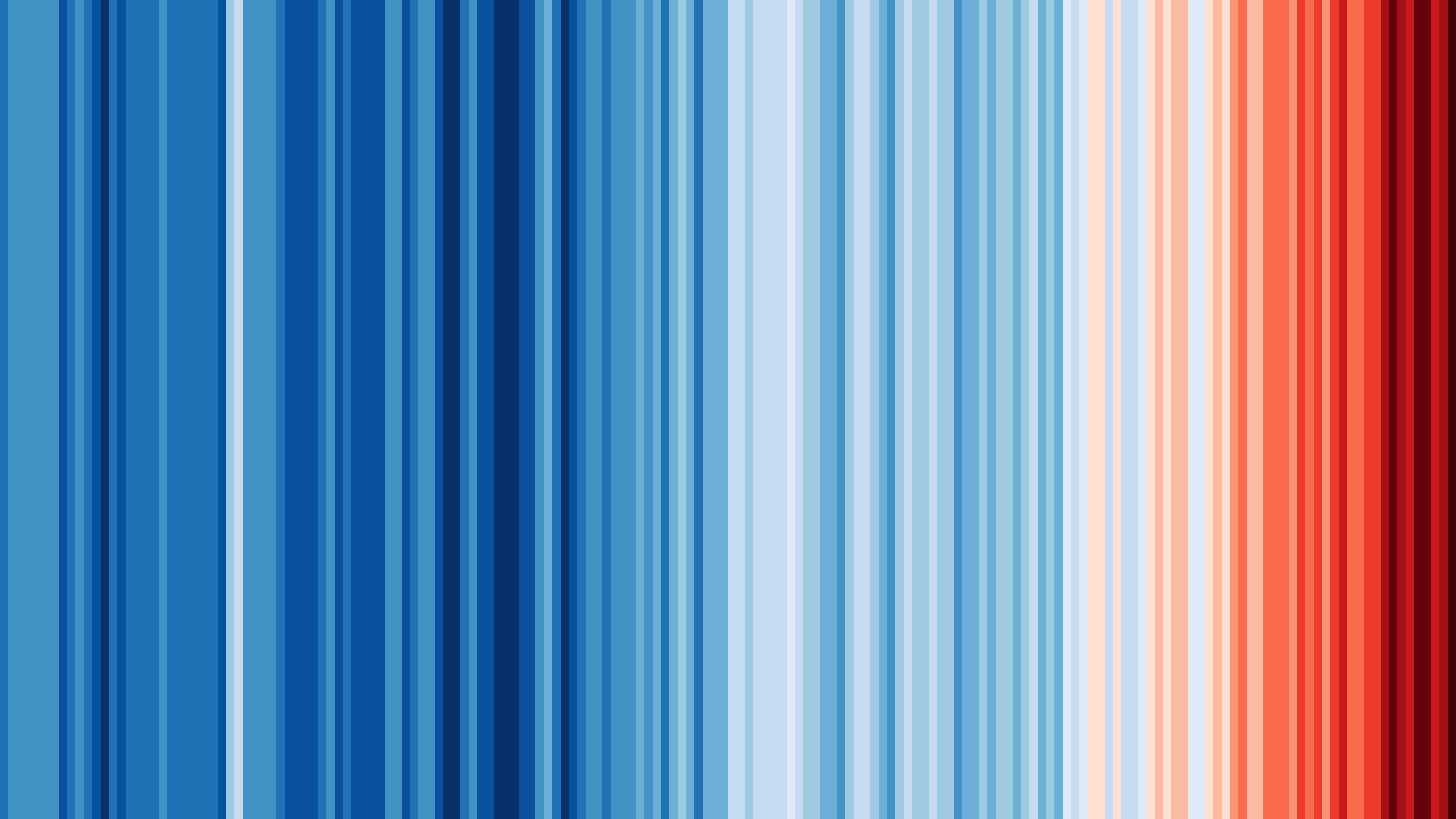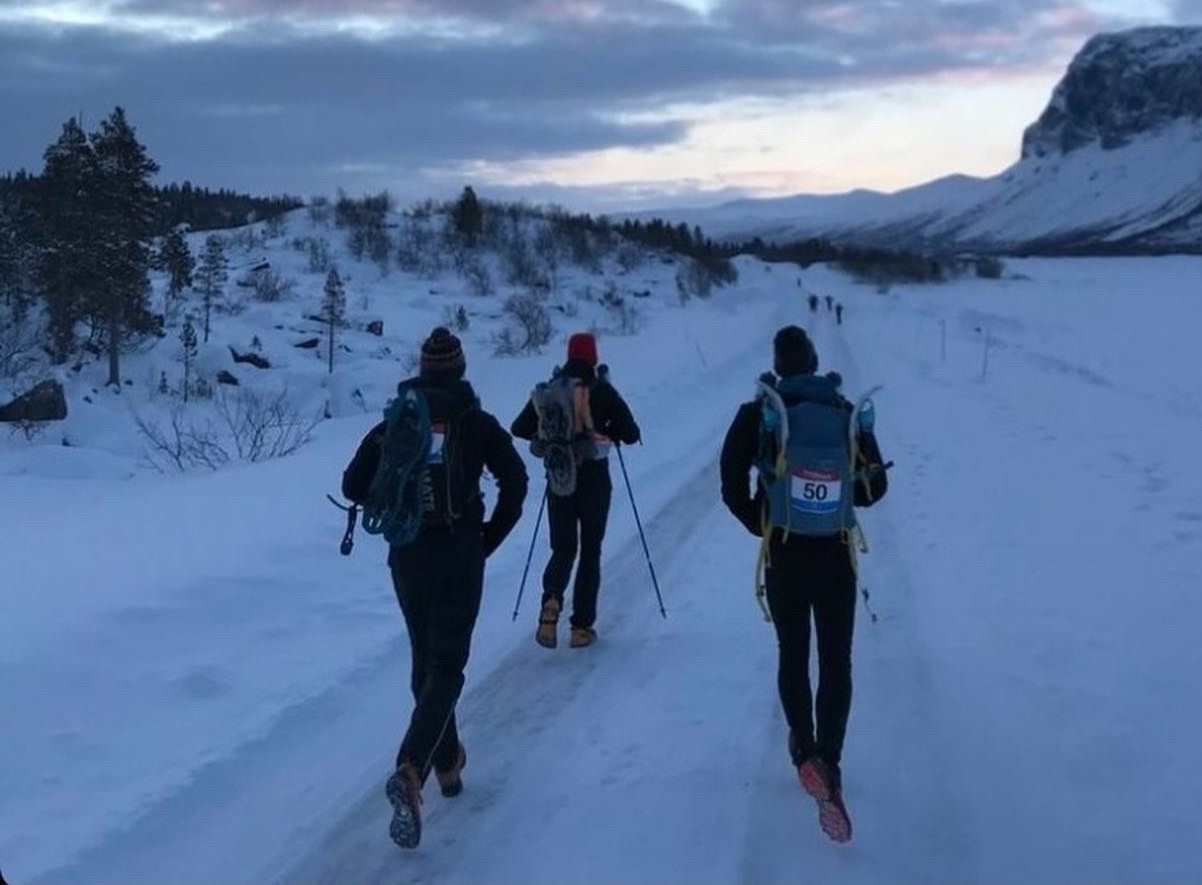

Arctic Ultra Marathon
Every year a group of endurance athletes gathers deep inside the Arctic circle for a race that is as beautiful as it is brutal. It’s called The Ice Ultra and it’s a five day, five stage, self-sufficient foot race over 230km in Europe’s last wilderness.
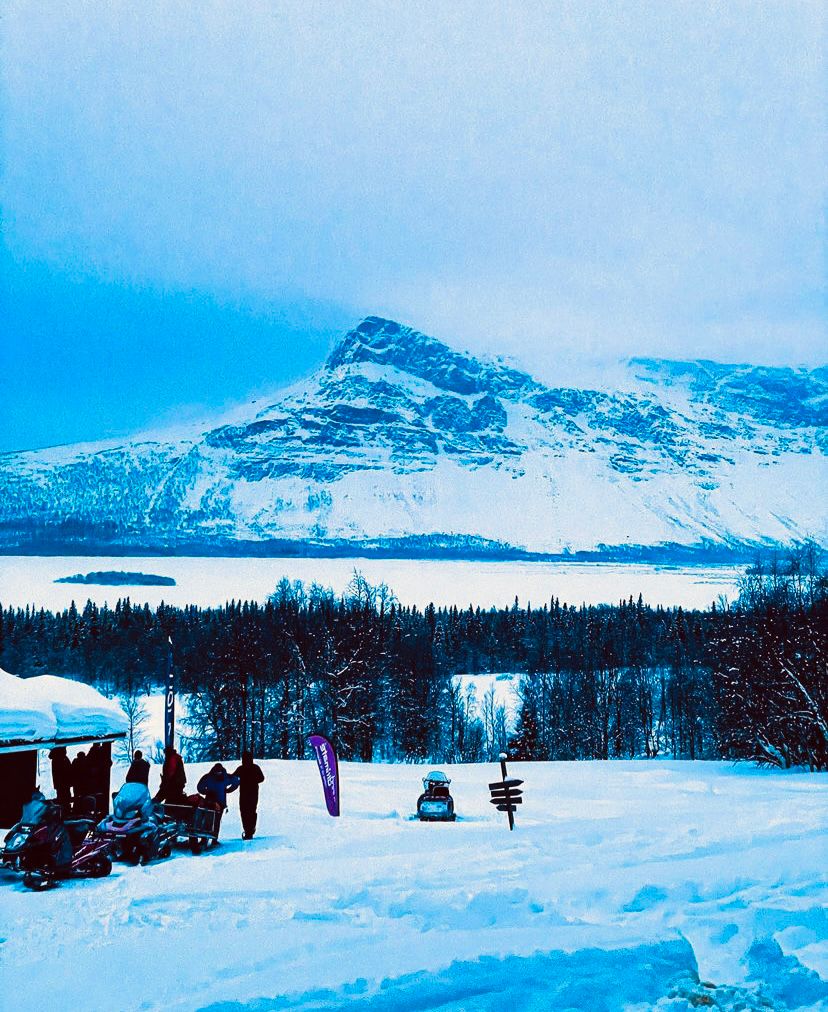
Temperatures on the route in northern Sweden can drop to close to -40ºC. This February I packed my rucksack and joined them on the sub-zero start line for what turned out to be the run of a lifetime, organised by UK adventure company Beyond the Ultimate.
My reason for running is to raise money for The Eve Appeal and women’s cancers research. Over the years I have run 36 marathons in various countries and climates, from Australia to Kenya, but nothing prepared me for the icy blast that hit me as I got off the train from Luleå to Gällivare. It’s a tiny snow-bound town in the region of Norbotten where the runners meet before a bus journey to the start line at Stora Sjöfallet National Park.

Each participant had to carry their food for the five days in their rucksack, plus a medical kit and various mandatory items like waterproof matches and glowsticks. Once the list had been checked, there was a briefing by race director Kris King inside a mountain lodge and we bedded down for the night outside in a traditional Sami tipi (with no fire inside). It was the coldest night of my life! There were four of us in the tipi and the temperature dropped to -20ºC.

I had invested in the best sleeping bag I could find, but a mixture of nervous excitement and the cold left me struggling to drift off. My friend Simon Blair, wrapped up in his bag beside me, was snoring within minutes and didn’t wake until 6am.
The first stage was 50km on icy roads, frozen lakes and Arctic tundra, with a couple of huge climbs thrown in for good measure. There were checkpoints at 12km, 22km, 32km and 42km where each runner could get inside a tipi, warm up and crucially, top up their bottles with hot or lukewarm water.

We set off at 7:30am, all 28 of us. The temperature at this point was -15ºC, and in all honesty, it felt bearable. Everyone was wearing two layers on their legs and up to three on their torsos. Some were accustomed to running in that kind of climate, others definitely were not. It turned out to be a very long day for me.
Very quickly the field spread out with super fit athletes like Jon Shields (the eventual winner) pushing hard and disappearing up the road, not to be seen again until the finish line that evening in Aktse, where a log cabin awaited the runners.
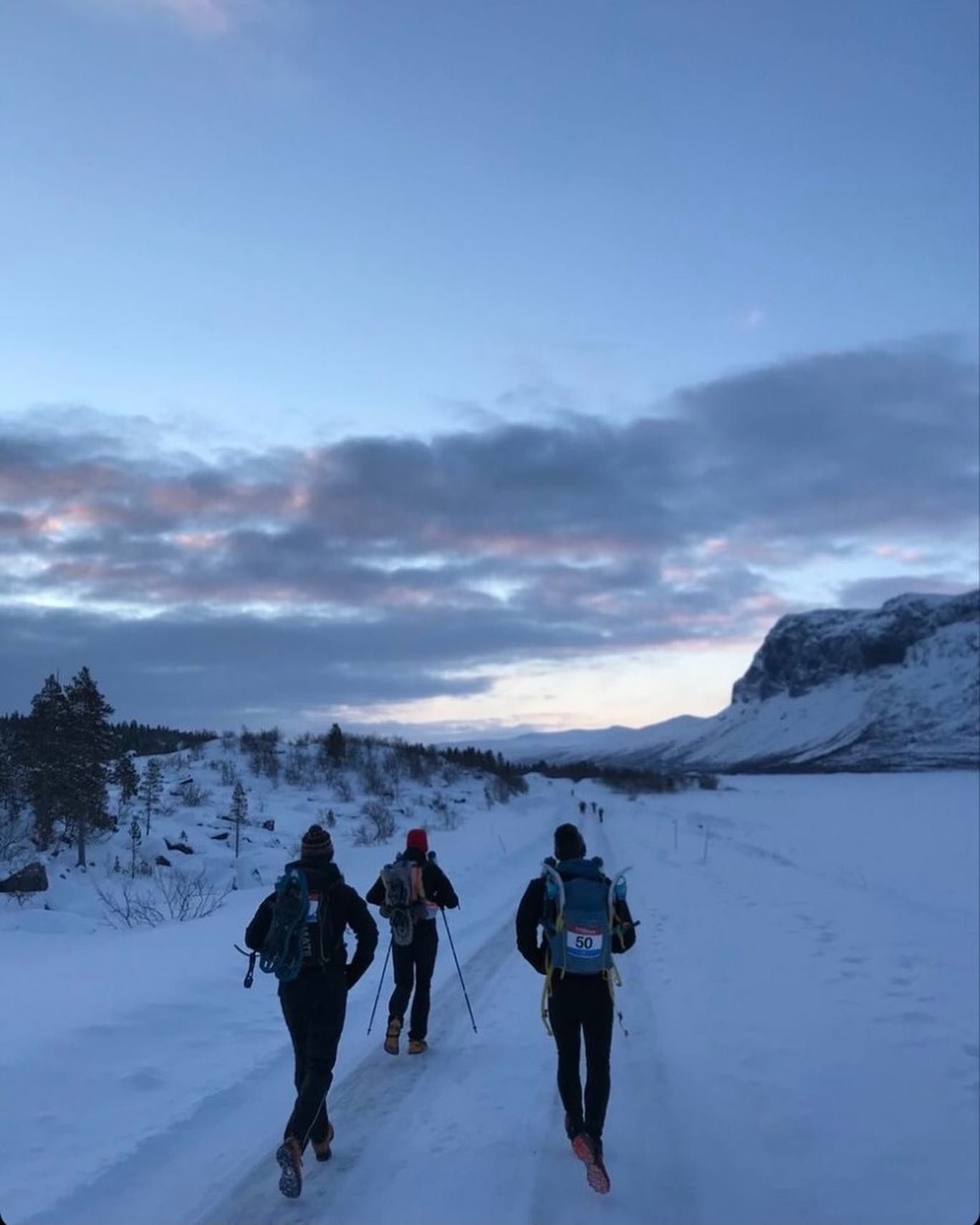
The scenery along the route was spectacular, but I didn’t risk taking my phone out too often to take pictures because I didn’t want to get frostbite. I managed to run the first 12km in 65 minutes, reached the checkpoint and topped up my water bottles. Already they were starting to freeze, and this was to be a constant throughout the stage. I knew from experience that if I was to stand any chance of completing the distance, I would need to stay hydrated.

After around 16km, I switched into snowshoes and began the first of several long climbs. Up and up and up we went, getting colder all the time. This part of the route was part of the famous Kungsleden (King’s Trail) that was originally carved out in the 1800s to link the remote north of the country with the south.

When I reached the third checkpoint, I was shocked to find a very experienced Italian runner, Filippo Rossi, inside the tent in a survival blanket suffering from hypothermia. His race was over already and soon a helicopter arrived out of the white vastness and airlifted him to hospital in Gällivare, where he made a quick and complete recovery. Later I learned that he had simply missed the first checkpoint and hadn’t taken onboard any fluids.
The next 10km to the fourth and final checkpoint seemed to take an age and the cold was by now really getting to me. My water bottles froze, frostnip on my nose was a worry and my mind went to some very dark places. At this point of the race, I’ll be completely honest, I hated the Arctic and cold weather and everything it was doing to my body. I had never run anywhere before where the climate is actively trying to kill you! Even the tiniest of tasks, like zipping up a jacket, was a genuine struggle because my fingers just wouldn’t do what my brain was telling them to.
Eventually the tipi arose out of the white nothingness, and I scrambled inside, slumped onto a reindeer skin and wolfed down a hot chocolate and some shortbread biscuits (they don’t freeze). After maybe 15 minutes I got moving again.

One of the local Sami guides told me that there were 8km to the finish. “Four up, four down” was his laconic assessment. The sun vanished around 5pm and again the temperature plummeted even further. I couldn’t believe how cold it now was. Even my woollen bobble hat in my rucksack was frozen rigid. I asked fellow runner Vicki Anstey to take it out for me and she just looked at me incredulously and said, ‘It’s frozen’.
My glasses froze next, and I could barely see, trying my level best to follow the beam from my headtorch. Crunch, crunch, crunch through the snow I went. And then I wobbled off the path and ended up in snow up to my chest. Along came Simon Blair and David Mohring, two brilliant guys I ran across Kenya with in 2018, and they dug me out and got me moving.
The strap on one of my snowshoes had broken, so I limped to the finish line with Simon carrying the snowshoes and me using his hiking poles. We were all utterly demoralised and really, really struggling to get warm.
Inside the log cabin, the other runners were all busy drying their kit, eating and drinking tea or hot chocolate. My night bag, containing my sleeping bag and dry clothes, couldn’t be found and I took that as a sign that maybe it was time to call it a day. The next stage was 44km with the first 6km straight up Mount Kabla in -15ºC and it was utterly impossible without snowshoes. I spoke to Simon and Dave and we all withdrew from the race.
Failure? Not a word of it! It was the greatest running experience of my life and an absolute privilege to see the Arctic, push on past -38ºC and finish just one stage of the most beautiful, brutally cold race on Earth.
I promised myself there and then that I’d never go back, but even as I type these words I know I will one day.
About the Author
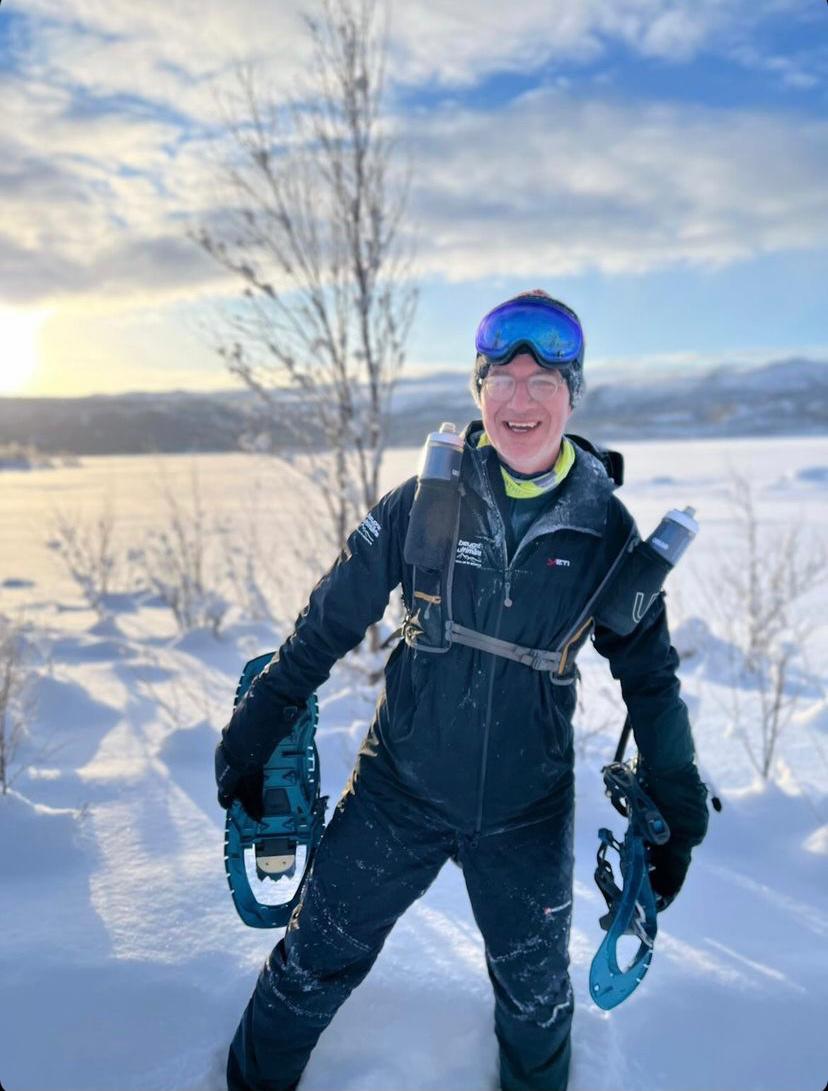 Enda Brady is a media consultant, award-winning journalist, broadcaster and writer.
Enda Brady is a media consultant, award-winning journalist, broadcaster and writer.
He has an outstanding record of delivering exclusive TV interviews, a first class contacts book and is fluent in Italian and French.
Enda is an ambassador for The Eve Appeal and Breast Cancer Care and has raised six figures for charity. A 37-time marathoner, Enda is from Wexford, Ireland.

